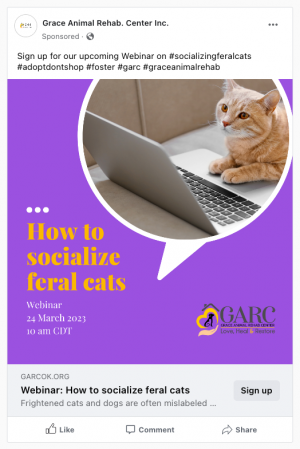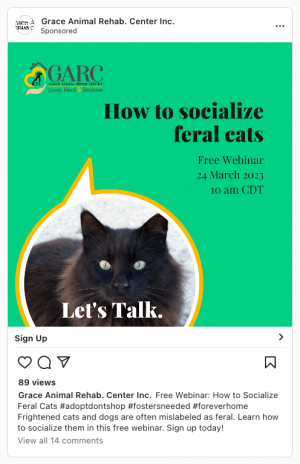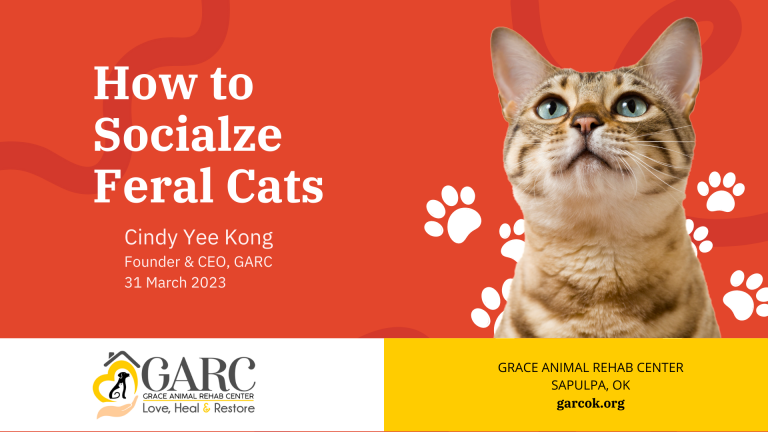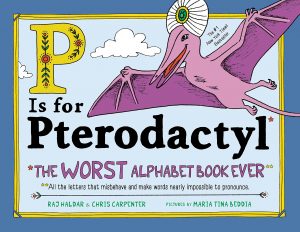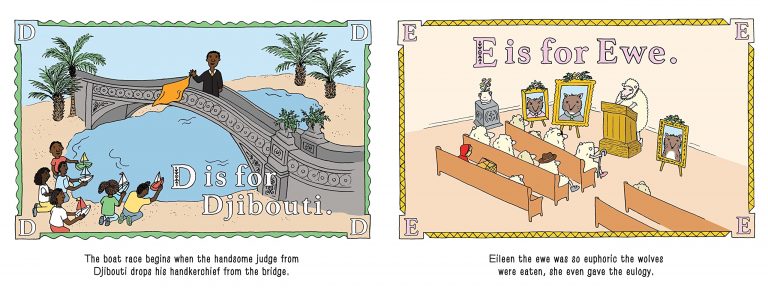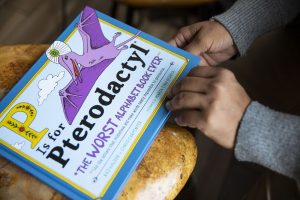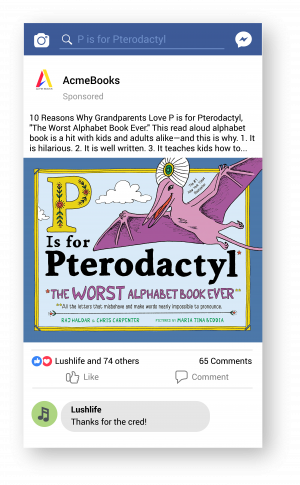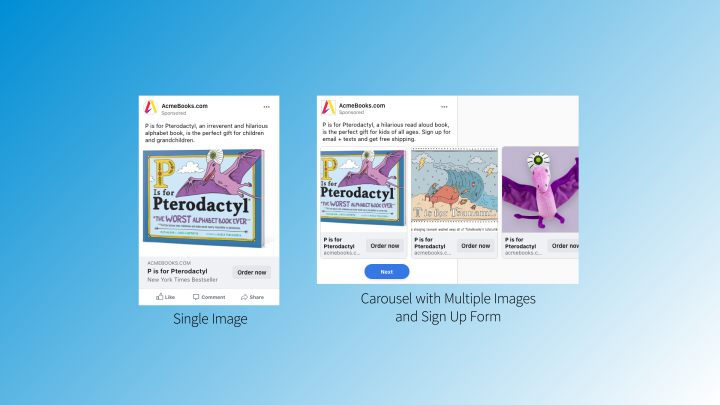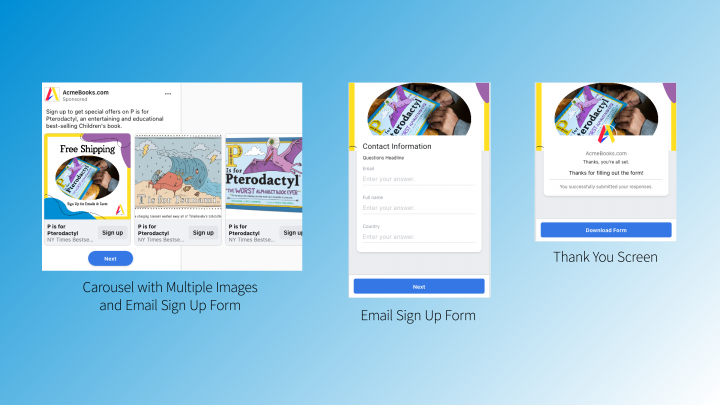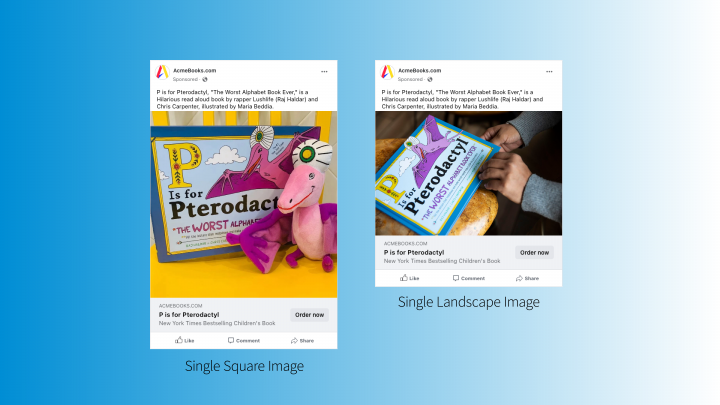Case study: social media ad campaign for children’s book “P is for Pterodactyl
Why the Internet is blue
Blue rules on the Internet
Envato’s blog post confirmed what many of us have known for a while… blue is the favorite color on the Internet. Just look at logos for social networking sites, and you will see a sea of blue, with some other colors sprinkled in. Facebook Twitter, LinkedIn and Google all use blue for logos and Web sites.
The sky is blue, and the atmosphere is blue. But why did Internet pioneers choose blue, or a specific blue?
- Tim Berners-Lee, the father of the Internet, was shown blue links on early screen prototypes. The color stuck.
- Mark Zuckerberg chose blue for FaceBook because he is (red/green) colorblind.
- Google tested 41 shades of blue for Internet links, and today billions of people see the blue that won the user test.
Designer Paul Herbert’s 2016 analysis of the hues used on the ten most popular Internet sites shows that blue is by far the most popular color, with twice the usage of red or yellow, and four times the usage of green or purple(see my post, The colors of the Web). You can find an interactive version of the image below on his Web site.
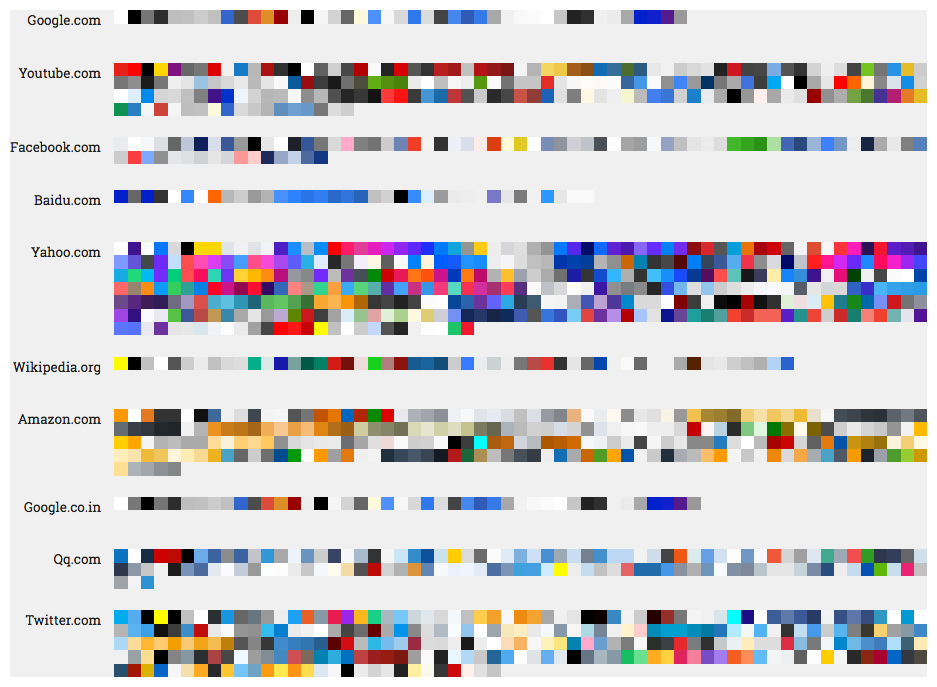
Colors of the 10 most popular Web sites, 2016 (http://paulhebertdesigns.com/web_colors/)
Blue has many personalities
Blue is like a chameleon, with many hues and many personalities. Blue can convey professionalism, it can be warm and inviting, exciting, or cold and scientific. Which blues do you use?

